Team Maggi begins its crisis management on the communication front with a three-film campaign.
"I miss you yaar. Come back, man."
"Ab aa bhi jao. Miss you yaar."
These are lines from the latest three-film digital campaign released by Nestlé Maggi. The ads are monologues by young men who're addressing Maggi. Rife with affectionate endearments, the ads are crafted to resemble a series of personal messages to an old buddy.
The brand name is not uttered. At the end of each film, the Maggi logo appears on the screen, along with the words #WeMissYouToo.
On the brand's YouTube page, a quick message accompanies the videos: "This one is for all our fans! Can't thank you enough for your support. Share it and keep spreading the Maggi love. #WeMissYouToo"
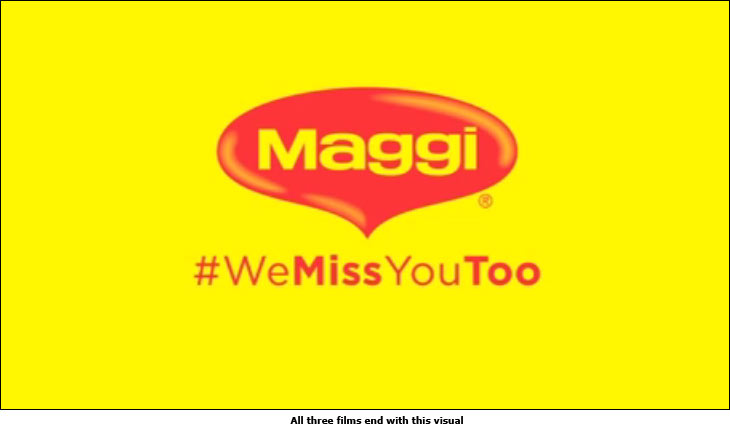 Says
Nestlé in an official statement, "These short films reflect the
spontaneity and affection between consumers and Maggi. We are making
efforts to get Maggi Noodles back on the shelves and have been
overwhelmed by the messages of love and support that we receive each
day. Such messages strengthen our resolve to be back with our beloved
consumers. We want to share the warmth of our relationship through these
films."
Says
Nestlé in an official statement, "These short films reflect the
spontaneity and affection between consumers and Maggi. We are making
efforts to get Maggi Noodles back on the shelves and have been
overwhelmed by the messages of love and support that we receive each
day. Such messages strengthen our resolve to be back with our beloved
consumers. We want to share the warmth of our relationship through these
films."
McCann India has created this campaign. Adds the Nestlé
spokesperson, "While Publicis India is the agency on record for Maggi
Noodles in India, we have been working with McCann India for some
corporate projects. This is one such project."
In each film, the context of consumption, and the convenience Maggi brings to people's lives, is highlighted.
Interestingly, the films leave no room for the possibility that Maggi can be replaced by some other 'instant snack'; the young men resort to alternatives like ordering from restaurants or eating at a neighbour's home, as though they just cannot consider replacing Maggi with any other easy-to-make product that comes in a packet and can be purchased at a store. It's a subtle way of saying 'Maggi or nothing'.
Campaign Review
 For
Viren Razdan, managing director, Brand-nomics, a brand consultancy, the
campaign brings alive the role of Maggi in our culture, and helps
preserve the relationship people share with the brand. "For a generation
brought up on this brand, this is 'right in the gut'. It's like a
friend pulling you into an embrace, saying, 'Hey, I know you are missing
me'. The quiet, non-defensive strategy of Nestlé was grilled by many,
but these films are Maggi's way of saying, 'Hey, I would never harm you
and you know it...'"
For
Viren Razdan, managing director, Brand-nomics, a brand consultancy, the
campaign brings alive the role of Maggi in our culture, and helps
preserve the relationship people share with the brand. "For a generation
brought up on this brand, this is 'right in the gut'. It's like a
friend pulling you into an embrace, saying, 'Hey, I know you are missing
me'. The quiet, non-defensive strategy of Nestlé was grilled by many,
but these films are Maggi's way of saying, 'Hey, I would never harm you
and you know it...'"

Ramanujam Sridhar, founder and CEO, brand-comm, a brand consultancy, comments on the strategy: "It appears to be guided by the fact that the brand still doesn't have formal approval and that the product is still not available in the marketplace. This is also is a way of subtly putting pressure on the authorities."
He finds the strategy interesting, given the current situation facing team Maggi. For a brand that's not completely out of the woods yet, the campaign, he feels, is impressive, as it reiterates the fact that Maggi has a considerable customer franchise and a big pool of loyalists.
While this campaign is hinged on intangibles like sentiments and loyalty, Sridhar is of the view that the next burst of communication ought to touch upon more "tangible" aspects.
"Logically, in the next stage of communication, the brand should give evidence that things are completely okay. Some clarification needs to be given on the ingredients front. They need to do this, especially if they want to get children - a TG they can't walk away from - back into the fold," he suggests, drawing on the reality that while youngsters might welcome Maggi back with open arms, parents will hesitate to feed it to their kids until they're absolutely sure it is safe.
"Maybe Madhuri Dixit can convey that message," he muses, adding about the current campaign, "This can't be the final campaign. It's more like an 'interim campaign, till the main one is out," he says.
 While
Santosh Padhi (Paddy), chief creative officer and co-founder, Taproot
India likes the thought ('We miss you too'), he feels "thrown off"
because it comes from the brand.
While
Santosh Padhi (Paddy), chief creative officer and co-founder, Taproot
India likes the thought ('We miss you too'), he feels "thrown off"
because it comes from the brand.
"The message," he insists, "cannot come from Maggi. It should come from consumers. If they don't have enough loyal consumers who can stand up for them (hard to believe), then they'd rather buy them (without the world knowing) and form a 'club' of sorts," he says, adding, "The idea would've looked more authentic if it was delivered by a bunch of crazy people wanting the brand to come back into their lives."
In a campaign of this sort, there should be around eight to ten "raw" looking films, with a pan-India feel to them, that feature people across age groups and SECs, according to Paddy. "This set of films could have passed off as consumer-generated, but the logo at the end just kills everything and makes it look completely fake," critiques Paddy. He would rather have Maggi appear in the script.
Interestingly, the films showcase only one slice of the consumer pie - young men. In two out of three films, the implication is that he lives alone. "Why only these three youngsters? Why not a kid? Why not a woman?" questions Paddy, saying this makes it look like the nation is persuaded only by the youth.
Will the campaign help salvage brand Maggi, though? "The wound is too deep for these three films to heal," he answers, "There's a small percentage of people who definitely want the brand back, but there is a certain set of people who will never allow it back in their kitchen. But, there is a bigger group waiting to see how Maggi will approach them. These films won't really make a mother feel the same affection towards the brand."
 Priti
Nair, co-founder, Curry Nation, an advertising agency, says about the
campaign, "It is a superb bridge for a come-back. Unexpected and fresh.
The usual, expected thing after a controversy is - a film that shows a
visit to the factory, then the CEO/a celebrity will speak about the
product. This one is from the consumer; it is warm and rings true," she
says, adding about the execution, "It's fantastically calibrated, and
has bang-on casting and performances. Good locations, even. And there
was no need to actually name the brand (in the script); the slate at the
end brands the films, top to bottom."
Priti
Nair, co-founder, Curry Nation, an advertising agency, says about the
campaign, "It is a superb bridge for a come-back. Unexpected and fresh.
The usual, expected thing after a controversy is - a film that shows a
visit to the factory, then the CEO/a celebrity will speak about the
product. This one is from the consumer; it is warm and rings true," she
says, adding about the execution, "It's fantastically calibrated, and
has bang-on casting and performances. Good locations, even. And there
was no need to actually name the brand (in the script); the slate at the
end brands the films, top to bottom."
Nair adds, "Now let's hope this brand that everyone has always loved actually lives up to the love and does not have anything harmful in it. Or that would be a shame."
"Kab wapas ayegaa yaar? Miss you."
"I miss you yaar. Come back, man."
"Ab aa bhi jao. Miss you yaar."
These are lines from the latest three-film digital campaign released by Nestlé Maggi. The ads are monologues by young men who're addressing Maggi. Rife with affectionate endearments, the ads are crafted to resemble a series of personal messages to an old buddy.
The brand name is not uttered. At the end of each film, the Maggi logo appears on the screen, along with the words #WeMissYouToo.
On the brand's YouTube page, a quick message accompanies the videos: "This one is for all our fans! Can't thank you enough for your support. Share it and keep spreading the Maggi love. #WeMissYouToo"

We are making efforts to get Maggi Noodles back on the shelves.
Nestlé
Interestingly, the films leave no room for the possibility that Maggi can be replaced by some other 'instant snack'; the young men resort to alternatives like ordering from restaurants or eating at a neighbour's home, as though they just cannot consider replacing Maggi with any other easy-to-make product that comes in a packet and can be purchased at a store. It's a subtle way of saying 'Maggi or nothing'.
Campaign Review
 For
Viren Razdan, managing director, Brand-nomics, a brand consultancy, the
campaign brings alive the role of Maggi in our culture, and helps
preserve the relationship people share with the brand. "For a generation
brought up on this brand, this is 'right in the gut'. It's like a
friend pulling you into an embrace, saying, 'Hey, I know you are missing
me'. The quiet, non-defensive strategy of Nestlé was grilled by many,
but these films are Maggi's way of saying, 'Hey, I would never harm you
and you know it...'"
For
Viren Razdan, managing director, Brand-nomics, a brand consultancy, the
campaign brings alive the role of Maggi in our culture, and helps
preserve the relationship people share with the brand. "For a generation
brought up on this brand, this is 'right in the gut'. It's like a
friend pulling you into an embrace, saying, 'Hey, I know you are missing
me'. The quiet, non-defensive strategy of Nestlé was grilled by many,
but these films are Maggi's way of saying, 'Hey, I would never harm you
and you know it...'"
Ramanujam Sridhar, founder and CEO, brand-comm, a brand consultancy, comments on the strategy: "It appears to be guided by the fact that the brand still doesn't have formal approval and that the product is still not available in the marketplace. This is also is a way of subtly putting pressure on the authorities."
He finds the strategy interesting, given the current situation facing team Maggi. For a brand that's not completely out of the woods yet, the campaign, he feels, is impressive, as it reiterates the fact that Maggi has a considerable customer franchise and a big pool of loyalists.
While this campaign is hinged on intangibles like sentiments and loyalty, Sridhar is of the view that the next burst of communication ought to touch upon more "tangible" aspects.
"Logically, in the next stage of communication, the brand should give evidence that things are completely okay. Some clarification needs to be given on the ingredients front. They need to do this, especially if they want to get children - a TG they can't walk away from - back into the fold," he suggests, drawing on the reality that while youngsters might welcome Maggi back with open arms, parents will hesitate to feed it to their kids until they're absolutely sure it is safe.
"Maybe Madhuri Dixit can convey that message," he muses, adding about the current campaign, "This can't be the final campaign. It's more like an 'interim campaign, till the main one is out," he says.

"The message," he insists, "cannot come from Maggi. It should come from consumers. If they don't have enough loyal consumers who can stand up for them (hard to believe), then they'd rather buy them (without the world knowing) and form a 'club' of sorts," he says, adding, "The idea would've looked more authentic if it was delivered by a bunch of crazy people wanting the brand to come back into their lives."
In a campaign of this sort, there should be around eight to ten "raw" looking films, with a pan-India feel to them, that feature people across age groups and SECs, according to Paddy. "This set of films could have passed off as consumer-generated, but the logo at the end just kills everything and makes it look completely fake," critiques Paddy. He would rather have Maggi appear in the script.
Interestingly, the films showcase only one slice of the consumer pie - young men. In two out of three films, the implication is that he lives alone. "Why only these three youngsters? Why not a kid? Why not a woman?" questions Paddy, saying this makes it look like the nation is persuaded only by the youth.
Will the campaign help salvage brand Maggi, though? "The wound is too deep for these three films to heal," he answers, "There's a small percentage of people who definitely want the brand back, but there is a certain set of people who will never allow it back in their kitchen. But, there is a bigger group waiting to see how Maggi will approach them. These films won't really make a mother feel the same affection towards the brand."

Nair adds, "Now let's hope this brand that everyone has always loved actually lives up to the love and does not have anything harmful in it. Or that would be a shame."

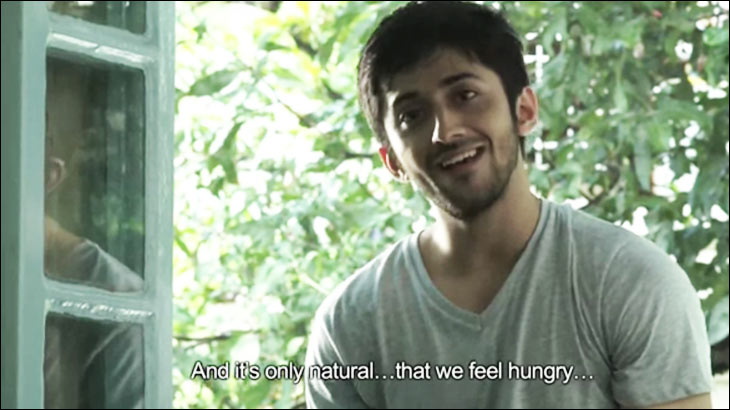
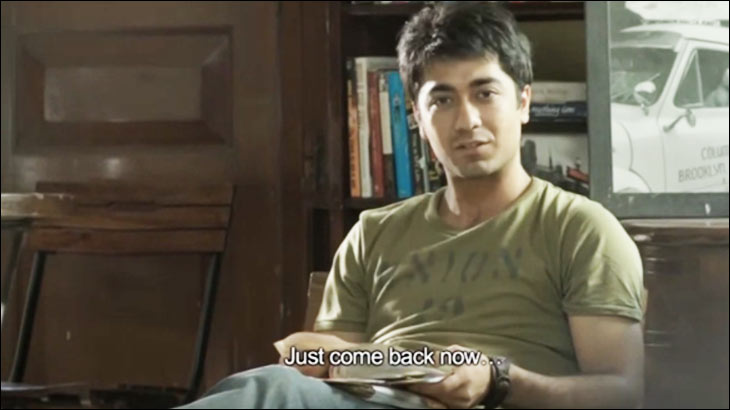
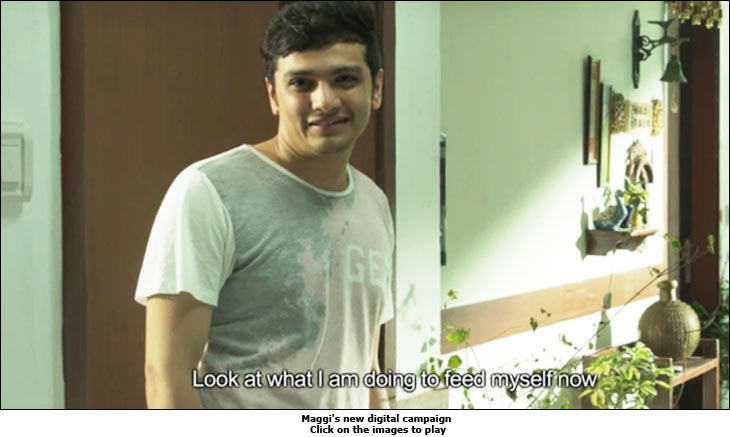
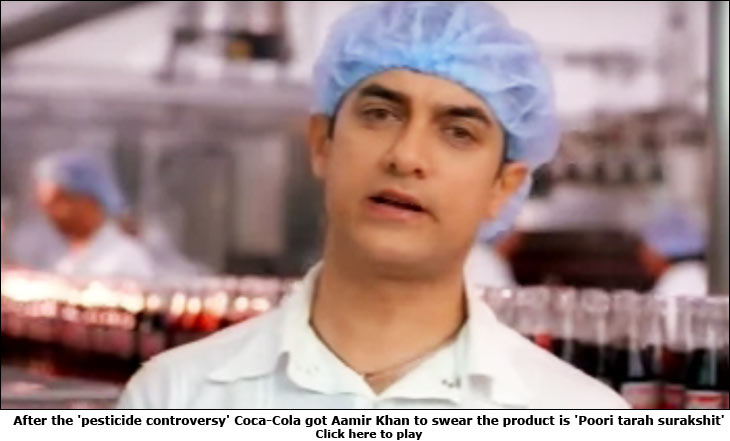
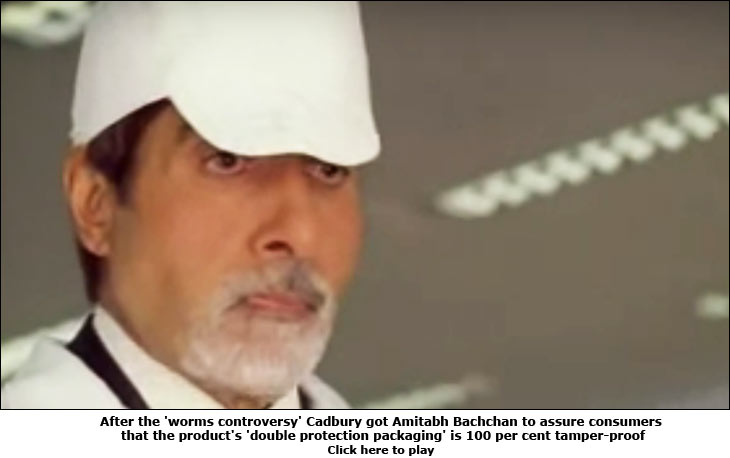







 "Mind
you, those days you didn't have commercial breaks like today. One had
commercial breaks for a few minutes, and then the show ran non-stop for
the next 30 minutes or so. It was a different era altogether," Ramanujam
Sridhar, Founder and CEO, Brand-comm reminds.
"Mind
you, those days you didn't have commercial breaks like today. One had
commercial breaks for a few minutes, and then the show ran non-stop for
the next 30 minutes or so. It was a different era altogether," Ramanujam
Sridhar, Founder and CEO, Brand-comm reminds.
